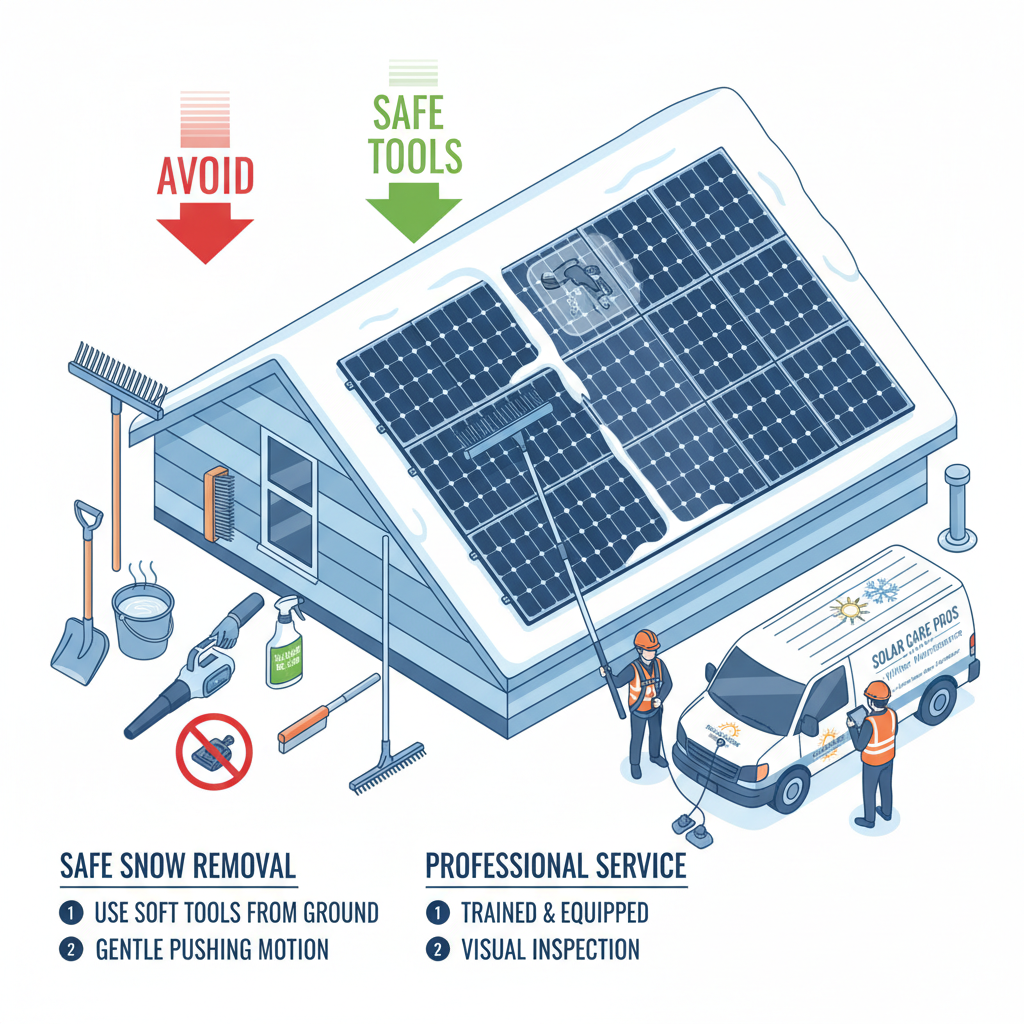TL;DR
- De-icing works by lowering the freezing point of water.
- Rock salt (sodium chloride) is common but less effective below 15°F (-9°C).
- Brine (liquid salt solution) is a proactive de-icer, preventing ice formation.
- Calcium chloride and magnesium chloride work at lower temperatures but are more expensive.
- Eco-friendly alternatives include beet juice, agricultural byproducts, and potassium acetate.
- Proper application is key to effectiveness and minimizing environmental impact.
As temperatures drop and winter storms approach, ice becomes a significant hazard on roads, driveways, and walkways. De-icing is the process of melting existing ice or preventing its formation, and it relies on a fascinating blend of chemistry and physics. While rock salt is the most common solution, a variety of materials and methods are used to keep surfaces safe.
Let’s delve into the science behind de-icing and explore the different options available.
How De-Icing Works: Lowering the Freezing Point
The fundamental principle behind most de-icers is freezing point depression. Pure water freezes at 32°F (0°C). When a substance like salt dissolves in water, it disrupts the formation of ice crystals, effectively lowering the temperature at which the water will freeze. The more dissolved particles, the lower the freezing point.
Common De-Icing Agents
1. Rock Salt (Sodium Chloride - NaCl)
- How it Works: When rock salt comes into contact with ice or snow, it dissolves into a brine solution, which has a lower freezing point than water. This solution then melts the surrounding ice.
- Pros: Inexpensive, widely available, and effective down to about 15°F (-9°C).
- Cons: Corrosive to vehicles and infrastructure, harmful to vegetation, and can pollute waterways. Its effectiveness significantly decreases at very low temperatures.
- Application: Best applied to existing ice or snow.
2. Brine (Liquid Salt Solution)
- How it Works: Brine is a solution of salt (usually sodium chloride) and water, often applied before a snowfall or ice event. It prevents ice from bonding to the pavement, making snow removal easier.
- Pros: More efficient use of salt (less is needed), works faster than solid salt, and is less corrosive than solid salt because it’s already dissolved. Environmentally friendlier due to reduced salt usage.
- Cons: Requires specialized application equipment.
- Application: Primarily used as an anti-icing agent (pre-treatment).
3. Calcium Chloride (CaCl2)
- How it Works: Calcium chloride is hygroscopic, meaning it attracts moisture from the air, which helps it dissolve quickly and generate heat. This exothermic reaction aids in melting ice.
- Pros: Effective at much lower temperatures than rock salt, down to -25°F (-32°C). Works faster.
- Cons: More expensive than rock salt, can be corrosive, and may leave a slippery residue.
- Application: Effective for both de-icing and anti-icing.
4. Magnesium Chloride (MgCl2)
- How it Works: Similar to calcium chloride, magnesium chloride also lowers the freezing point and is effective at low temperatures.
- Pros: Effective down to -13°F (-25°C), generally less corrosive than calcium chloride or sodium chloride, and less harmful to vegetation.
- Cons: More expensive than rock salt.
- Application: Good for both de-icing and anti-icing.
Eco-Friendly and Alternative De-Icers
Growing concerns about the environmental impact of traditional salts have led to the development of more sustainable alternatives.
- Agricultural Byproducts: Solutions derived from beet juice, corn steepwater, or other agricultural waste products. These often enhance the performance of traditional salts and reduce their corrosive properties.
- Potassium Acetate (KAc): A highly effective, non-chloride de-icer often used on airport runways due to its low corrosivity and environmental impact. It’s expensive, making it less common for general use.
- Urea: A nitrogen-based compound, often found in fertilizers. It’s less corrosive than salt but also less effective at lower temperatures and can contribute to nutrient runoff.
- Sand/Grit: While not a de-icer, sand or grit can be spread on icy surfaces to provide traction. It doesn’t melt ice but improves safety.
Best Practices for De-Icing
Regardless of the de-icer you choose, proper application is key:
- Apply Early: For anti-icing, apply before precipitation starts. For de-icing, apply as soon as ice or snow begins to accumulate.
- Use Sparingly: More de-icer isn’t always better. Over-application wastes material, increases costs, and can harm the environment.
- Clear Snow First: For de-icing, remove as much snow as possible before applying chemicals to allow them to work directly on the ice.
- Consider Temperature: Choose a de-icer that is effective at the expected temperatures.
Conclusion
De-icing is a critical component of winter safety and property maintenance. By understanding the science behind different de-icing agents and their pros and cons, you can make informed decisions that balance effectiveness, cost, and environmental responsibility. Whether you opt for traditional salts, brines, or newer eco-friendly alternatives, strategic application is key to keeping surfaces clear and safe throughout the winter season.


